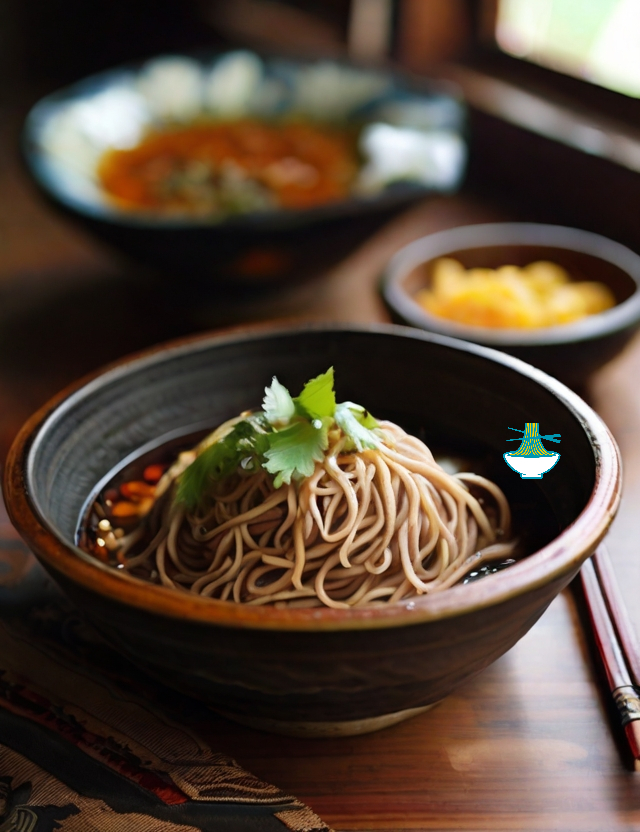Welcome to the enchanting world of Bhutanese gastronomy, where every dish tells a story of tradition, culture, and the unique flavors of the Land of the Thunder Dragon. In this culinary adventure, we dive into the heart of Bhutanese cooking to unravel the secrets of one of its most cherished recipes: Khuley.
Bhutan, nestled in the eastern Himalayas, is renowned for its breathtaking landscapes, vibrant festivals, and a commitment to Gross National Happiness. The Bhutanese cuisine, with its distinct blend of spices, local produce, and ancient cooking techniques, reflects the country's rich heritage and deep connection to nature.
Khuley, a traditional Bhutanese dish, holds a special place in the hearts and palates of locals. This delectable recipe is not just a meal; it's a celebration of flavors that dance on your taste buds. Join us on this culinary journey as we explore the ingredients, the cooking process, and the cultural significance of Bhutanese Khuley. Get ready to bring a piece of Bhutanese warmth and hospitality into your own kitchen!
Ingredients:
- 2 cups buckwheat flour
- 1 cup all-purpose flour
- 1/2 teaspoon salt
- Water (as needed)
- Buckwheat or all-purpose flour (for dusting)
Instructions:
Mixing the Flours:
1-In a large mixing bowl, combine the buckwheat flour and all-purpose flour.
2-Add salt to the flours and mix well.
Forming the Dough:
1-Gradually add water to the flour mixture while kneading the dough. Keep adding water until a firm, non-sticky dough forms.
2-Knead the dough for about 10-15 minutes until it becomes smooth and elastic.
3-Cover the dough with a damp cloth and let it rest for at least 30 minutes.
Rolling Out the Noodles:
1-Divide the dough into smaller portions.
2-Dust a clean surface with buckwheat or all-purpose flour.
3-Take one portion of the dough and roll it out into a thin sheet. Ensure the thickness is to your liking, as thinner noodles cook faster.
Cutting the Noodles:
1-Once the sheet is rolled out, use a sharp knife to cut the sheet into thin strips, creating your buckwheat noodles.
2-Dust the cut noodles with a little more flour to prevent sticking.
Cooking the Noodles:
1-Bring a large pot of salted water to a boil.
2-Carefully add the buckwheat noodles to the boiling water.
3-Cook the noodles for about 5-7 minutes or until they are tender but still have a slight bite to them.
Draining and Rinsing:Drain the noodles in a colander and rinse them under cold running water. This helps stop the cooking process and removes excess starch.
Serving Suggestions:
1-Bhutanese buckwheat noodles (Khuley) can be served in various ways. Traditionally, they are often used in soups, stir-fries, or served alongside meat or vegetable dishes.
2-Try incorporating them into a traditional Bhutanese broth with vegetables and local spices for an authentic experience.
Enjoy the wholesome and nutty flavors of Bhutanese buckwheat noodles, bringing a taste of the Himalayas to your table!
Nutritional Values
Nutritional values can vary based on specific brands and types of ingredients used. However, here's a general estimate of the nutritional content for the mentioned ingredients:
Buckwheat Flour (2 cups):
- Calories: Approximately 800 kcal
- Protein: Around 24 grams
- Carbohydrates: About 160 grams
- Dietary Fiber: Roughly 24 grams
- Fat: Around 4 grams
Benefits: Rich in fiber, antioxidants, and minerals. Buckwheat is a good source of protein and has been associated with heart health. It also provides essential nutrients like magnesium and iron.
All-Purpose Flour (1 cup):
- Calories: Approximately 440 kcal
- Protein: Around 12 grams
- Carbohydrates: About 92 grams
- Dietary Fiber: Roughly 3 grams
- Fat: Around 1 gram
Benefits: Contains essential carbohydrates and a moderate amount of protein. While it's not as nutrient-dense as whole-grain flours, it provides the structure and texture needed in many recipes.
Salt (1/2 teaspoon):
- Minimal caloric contribution (usually less than 1 kcal)
- Sodium content: Around 1,150 mg (varies by type and brand)
Benefits: While consumed in small amounts, salt is essential for maintaining proper fluid balance, nerve function, and muscle contractions in the body. It also enhances the flavor of the dish.
Water (as needed):
- No caloric content
- Essential for hydration and dough consistency
Benefits: Critical for overall health, water is essential for hydration, digestion, nutrient absorption, and temperature regulation in the body. It plays a crucial role in forming the dough and cooking the noodles.
Buckwheat or All-Purpose Flour (for dusting):
- Negligible caloric contribution (depends on the amount used)
Benefits: Used for dusting to prevent sticking during the rolling and cutting process. It helps maintain the texture of the noodles and facilitates easier handling during cooking.
Please note that these values are approximate and may vary based on the specific brands and variations of the ingredients you use. If you have specific dietary concerns or requirements, it's advisable to check the nutritional information on the packaging of the products you purchase.


Comments